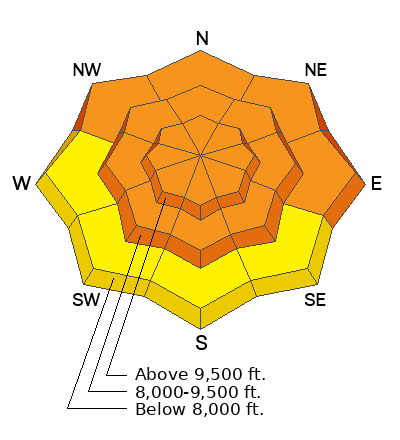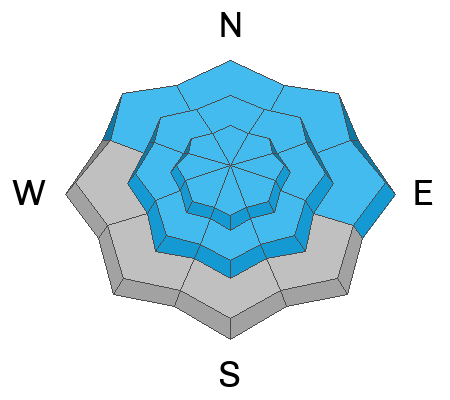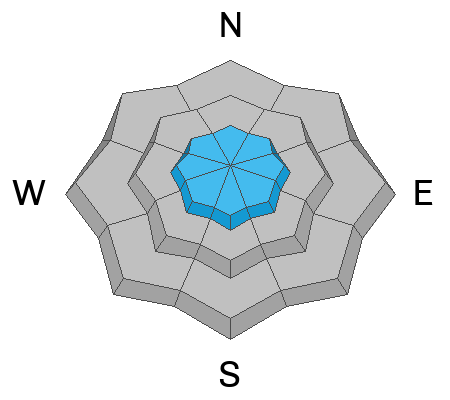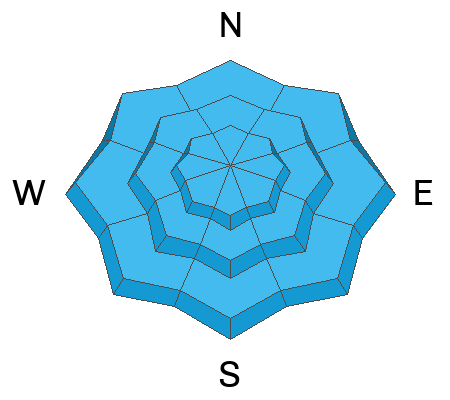Forecast for the Provo Area Mountains

Issued by Dave Kelly on
Tuesday morning, January 3, 2023
Tuesday morning, January 3, 2023
The avalanche danger is CONSIDERABLE at all mid and upper elevations and at lower elevations northwest-north-east where avalanches may step down into older facets, leading to large and destructive avalanches. At lower elevation west-south-southeast aspects where the persistent weak layer is less likely to cause avalanches the avalanche danger is MODERATE.
Today, natural avalanches are possible and human triggered avalanches are likely.
This is a day when the avalanche danger is not as obvious as it was even a few days ago. Assess slopes carefully as we have just had a lot of new snow and things are settling out. With overcast skies and bit of fluff overnight there is still good riding to be had on slopes less than 30 degrees and that's where I will be headed today.

Low
Moderate
Considerable
High
Extreme
Learn how to read the forecast here









